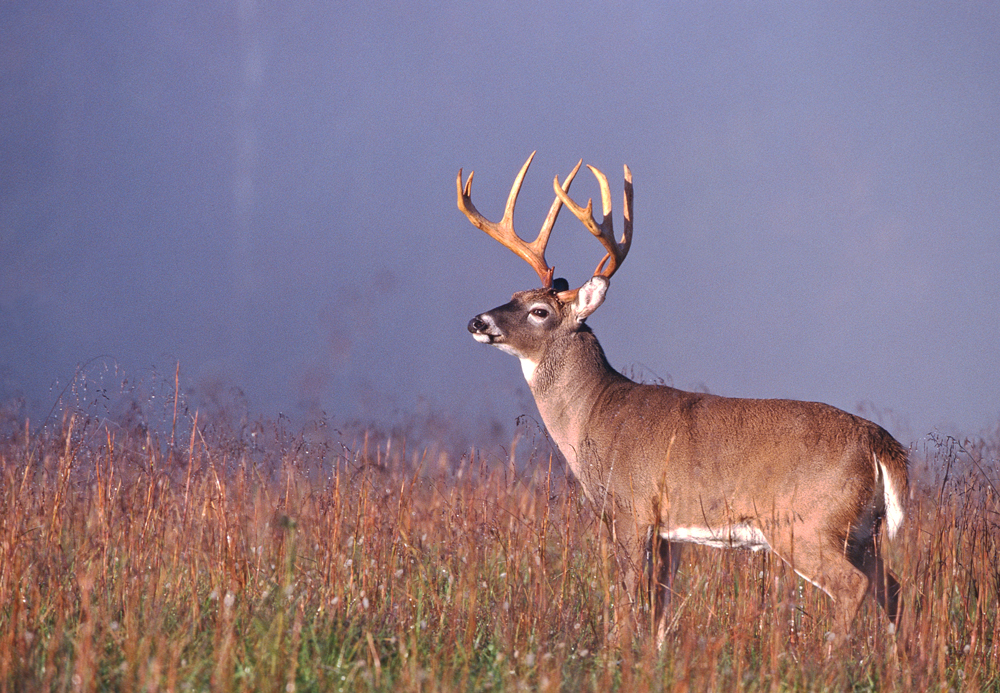Humans, cattle, and deer can all be affected by a similar malady. Whether its Creutzfeldt-Jakob disease in man, bovine spongiform encephalopathy (“mad cow disease”) in bovines, or the often feared but rarely understood chronic wasting disease in cervids, the brains of these mammals are all harmed by the presence of transmissible spongiform encephalopathies (TSEs), prions that are virtually indestructible and easily transmitted. Most of the time there’s not much to worry about; Creutzfeldt-Jakob is rare, and humans haven’t contracted CWD even when eating infected meat. But now, however, research is showing that humans could possibly contract CWD.
The ongoing study is a partnership between the University of Calgary and Stefanie Czub, of the Canadian Food Inspection Agency. In it, a near-human primate, the macaque, is tested for its ability to be infected with CWD. Eighteen macaques have been purposefully infected since 2009, with the results from five monkeys currently available—two with CWD introduced directly into their brains, one fed CWD-infected brain matter, and two fed CWD-infected meat.
The monkeys were thought to be resistant to CWD via the “species barrier,” which prevents some diseases from jumping from one species to another. While squirrel monkeys have been shown to readily contract CWD when tested, macaques, whose genetic makeup is closer to humans than squirrel monkeys, have been shown to be resistant to CWD. That may not always be the case, though.
“Results of CWD laboratory challenges of non-human primates are mixed,” an analysis by the Alliance for Public Wildlife said. “CWD transferred readily to squirrel monkeys orally (92 percent), but macaques, which are genetically closer to humans than squirrel monkeys, have demonstrated significant resistance, even to direct intracerebral injection. It should be noted, however, that recently macaques were shown to be susceptible to scrapie, but only after an extended, silent incubation of ten years.”
Scrapie is essentially the goat and sheep version of CWD. It is a fatal, degenerative disease that affects their nervous systems, and it can be easily transferrable to others of their kind. The ability for macaques to contract scabies could mean they could contract CWD given similar exposure, which, extrapolated out, could mean humans who consume CWD-infected venison or are frequently exposed to infected deer in general could be in danger.
The threat is further illustrated by the deaths in Great Britain from a form of Creutzfeldt-Jakob, believed to have been connected to an outbreak of mad cow disease in the nation’s cattle during the late 1980s. To date, some 229 people have died from the variant Creutzfeldt-Jakob strain; the European Union only relaxed a ban on British beef in 2006 after ten years of restrictions.
The macaque research still shows a sizable obstacle to interspecies CWD infection, but at the rate humans consume infected meat, it could just be a matter of time until a person contracts the dreaded disease. Estimates put the amount of CWD-infected deer eaten by humans at 7,000-15,000. Per year.

